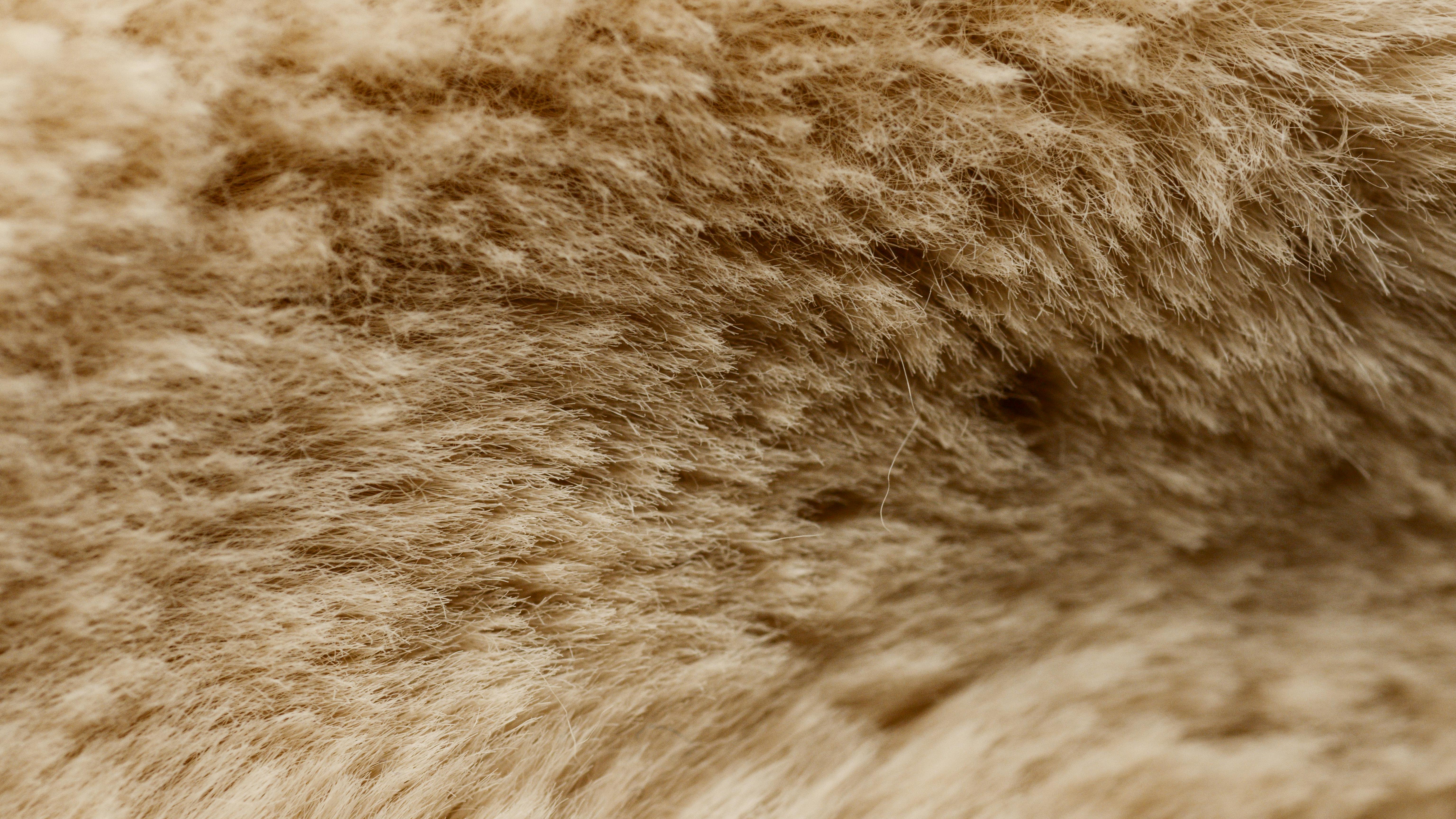
- PROJECT CODE: BI/US-20-014, ARRS – Public call of international bilateral scientific cooperation between Republic of Slovenia and USA 2018 – 2020
- PROJECT TITLE: Synchrotron-based analysis of densified wood impregnated with curing resins
- PROJECT LEADER: Matthew John Schwarzkopf, PhD
- PERIOD: 01.10.2018 – 30.09.2021
- BUDGET: 3.000,00 EUR
- FINANCING: Slovenian Research Agency (ARRS)
- PARTNERS: InnoRenew CoE (Slovenia) and Forest Products Laboratory (USA)
There has been renewed interest in the production and use of modified wood. Consumers and policy makers are promoting the usage of natural and sustainable materials for various reasons, including: low environmental impact, linkage to local cultural heritage, and benefits to human health. Wood modification techniques have been used to help valorise under-utilised wood materials and increase their performance with respect to durability, mechanical characteristics, and to achieve new forms and functions desired by consumers and designers alike. The motivation for this project is to more fully understand the mechanisms behind dimensional stability and mechanical performance of impregnated, densified wood. More specifically, this research will address the lack of fundamental knowledge regarding: 1) adhesive and curing resin penetration into the densified wood micro-structure; 2) mechanical performance and load transfer efficacy of impregnated, densified wood on a micro-scale. Building off the project collaborators’ previous experience and expertise in the fields of wood modification, XFM, XCT, and synchrotron-based micro-scale analysis, the project will merge the Slovenian and American research groups to create a tool that will be used for the technical assessment of adhesives/curing resins and densification methods used for wood with respect to dimensionally stability.
InnoRenew CoE project activities
Synchrotron-based x-ray computed tomography is being coupled with in-situ mechanical testing to assess load transfer in wood-adhesive bondlines. Low-molecular weight resins have been chemically modified for high attenuation and contrast making phase separation easily achieved.



